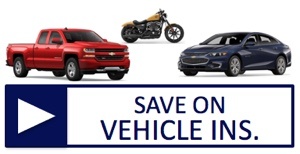 Sprains and strains – known as musculoskeletal disorders (MSDs) - are costing construction companies millions of dollars every year in higher Contractor Insurance costs, lost workdays, and sometimes the permanent loss of good workers.
Sprains and strains – known as musculoskeletal disorders (MSDs) - are costing construction companies millions of dollars every year in higher Contractor Insurance costs, lost workdays, and sometimes the permanent loss of good workers.
MSDs include back, shoulder, knee, and other musculoskeletal problems. They are one of the most common injuries in construction, accounting for one-third of all lost workday injuries and half of all workers' compensation claims, according to Laborers' Health & Safety Fund of North America.
In fact, approximately 30% of construction workers report lower back pain. For those workers over 55, that rate increases to 60%. Arthritis and joint pain are also common issues with construction workers – especially as they age. In addition to age, obesity, smoking, and poor physical fitness can increase the risk of an MSD-related injury. Working with the pain of an MSD-related injury reduces productivity and can lead to a disabling injury that permanently ends a construction worker's career.
The high number of MSD-related injuries probably comes as no surprise since construction involves a lot of heavy lifting and carrying of heavy objects. The three main risk factors for MSD-related injuries are excessive force, repetitive motion, and ongoing awkward work position. While you can't eliminate all MSD-related injuries, there are several steps you can take to minimize the risk.
Here are 20 tips to minimize the risk of MSD-related Injuries:
- Plan jobs to require minimal manual handling of heavy materials by making cranes, forklifts, etc. available to workers
- Use hand trucks, wheelbarrows, etc. when possible.
- Provide mechanical aids – such as pneumatic lifts and conveyors where possible.
- Make materials easily accessible – between knee and should height.
- Store materials close to where they will be used.
- Seek help to handle heavier loads.
- Use handles to carry loads when possible.
- Ensure that walkways are level and clear.
- Wear appropriate PPE, such as knee or shoulder pads.
- Use ergonomically-designed tools.
- Provide stretching and warm-up exercises before work begins each day.
- Whenever possible, encourage workers to sit or stand erect and not stretch or lean forward to perform tasks.
- Encourage healthy lifestyles.
- Provide a footrest, floor mat, and/or adjustable chairs where a worker has to stand for a long time to allow them to change positions frequently.
- Develop a safety training program.
- Train workers to identify and avoid injury hazards.
- Train workers on proper lifting techniques, such as standing close to the load, bending knees, and assuring a good grip.
- Train workers on things to avoid, such as simultaneously lifting and twisting, rushing, reaching overhead, throwing heavy materials.
- Train workers on proper material handling, such as appropriate warm-ups, appropriate PPE, and personal risk factors.
- Note about back belts: according to OSHA, "Back belts are not recognized by OSHA as effective engineering controls to prevent back injury. While they may be accepted by individual workers because they feel as if they provide additional support, the effectiveness of back belts in the prevention of low back injuries has not been proven in the work environment."
Yes, we realize we listed training several times. That's because proper training is crucial to preventing any workplace injuries, including MSD-related injuries.
Lower Your Contractor Insurance Costs
Sometimes despite your best efforts, employees are injured on the job. Workers' Compensation helps protect employers and ensures that injured employees are well taken care of.
The experienced independent agents at American Insuring Group will find the right coverage at the lowest cost. Give us a call today at (800) 947-1270 or (610) 775-3848, or connect with us online and discover how we can help you save on all of your insurance needs!


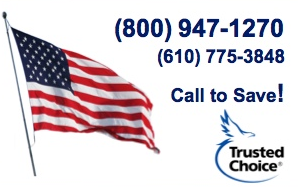
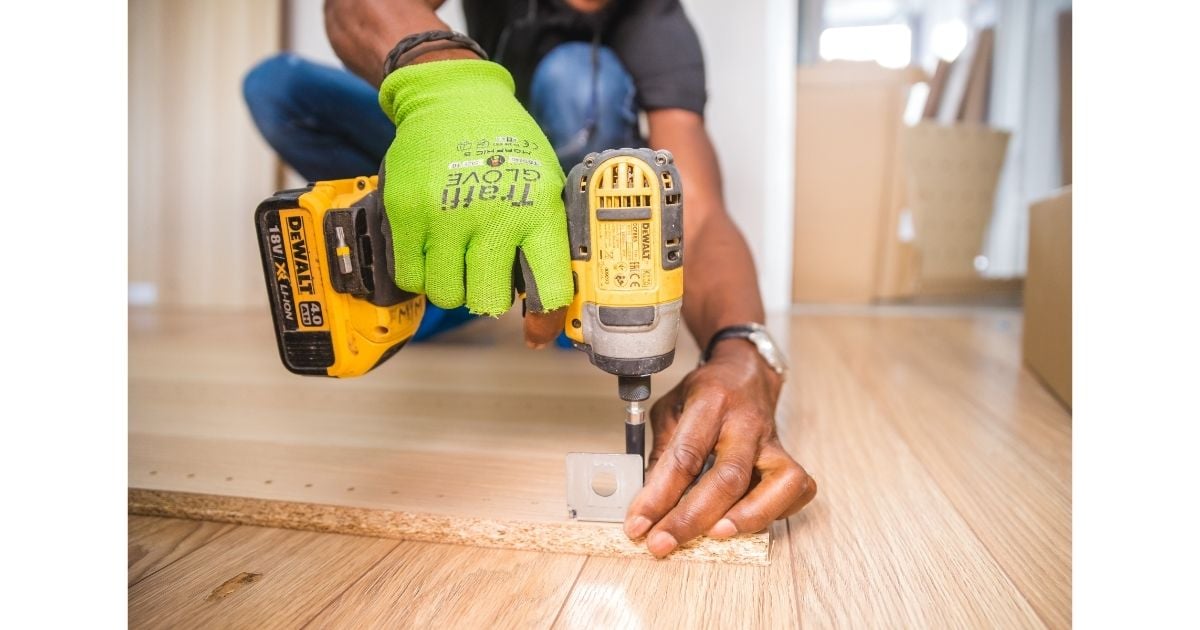 The COVID pandemic created a shift in the number of Americans working from home and has caused some gray areas for
The COVID pandemic created a shift in the number of Americans working from home and has caused some gray areas for 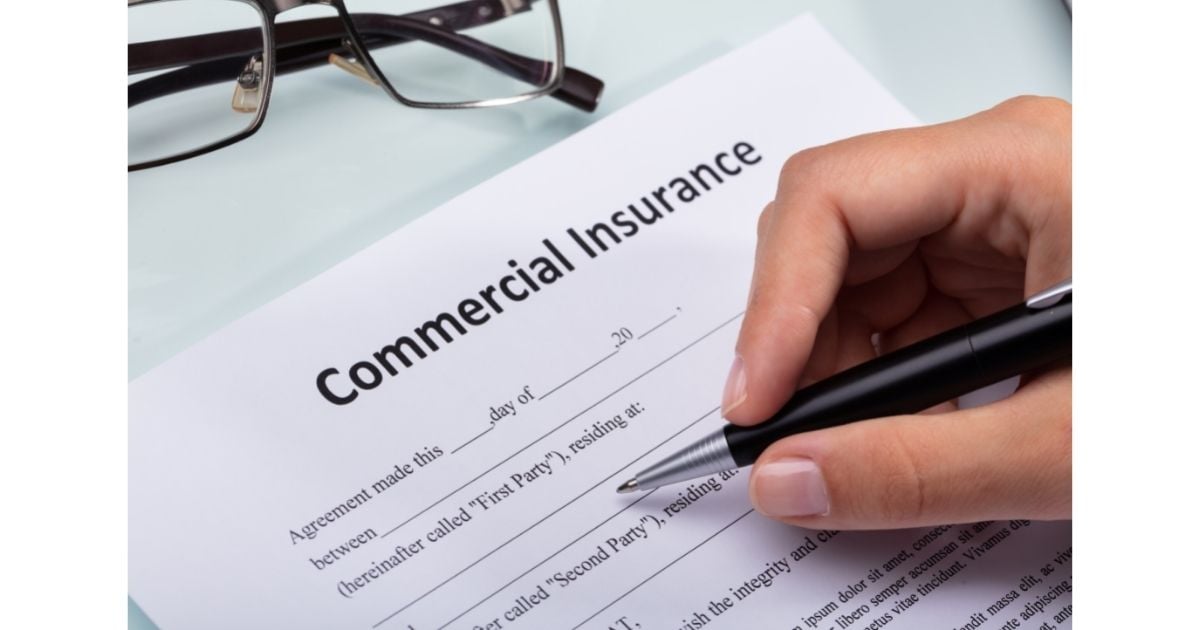 Owning a small business can be an extremely rewarding experience, but it also comes with its share of risks that can impact the success of your business – employee injuries, fires, lawsuits, thefts, and the list goes on.
Owning a small business can be an extremely rewarding experience, but it also comes with its share of risks that can impact the success of your business – employee injuries, fires, lawsuits, thefts, and the list goes on.

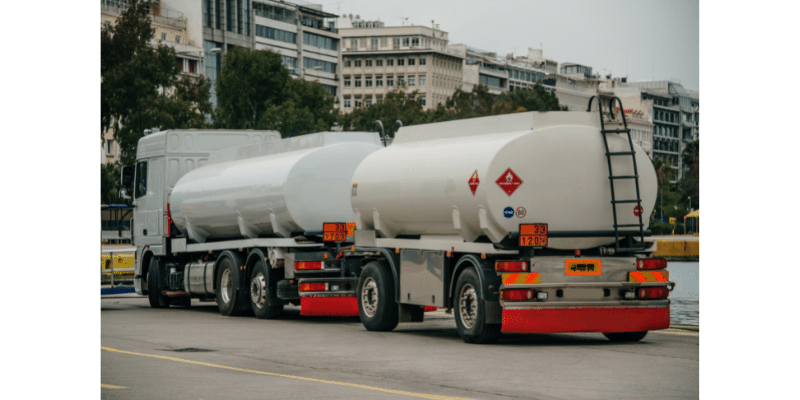

 We're all about saving you money on your
We're all about saving you money on your  Certain types of
Certain types of 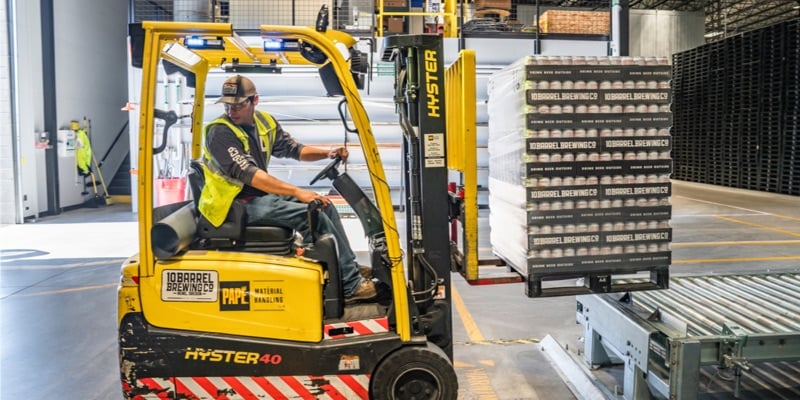 Pennsylvania law
Pennsylvania law